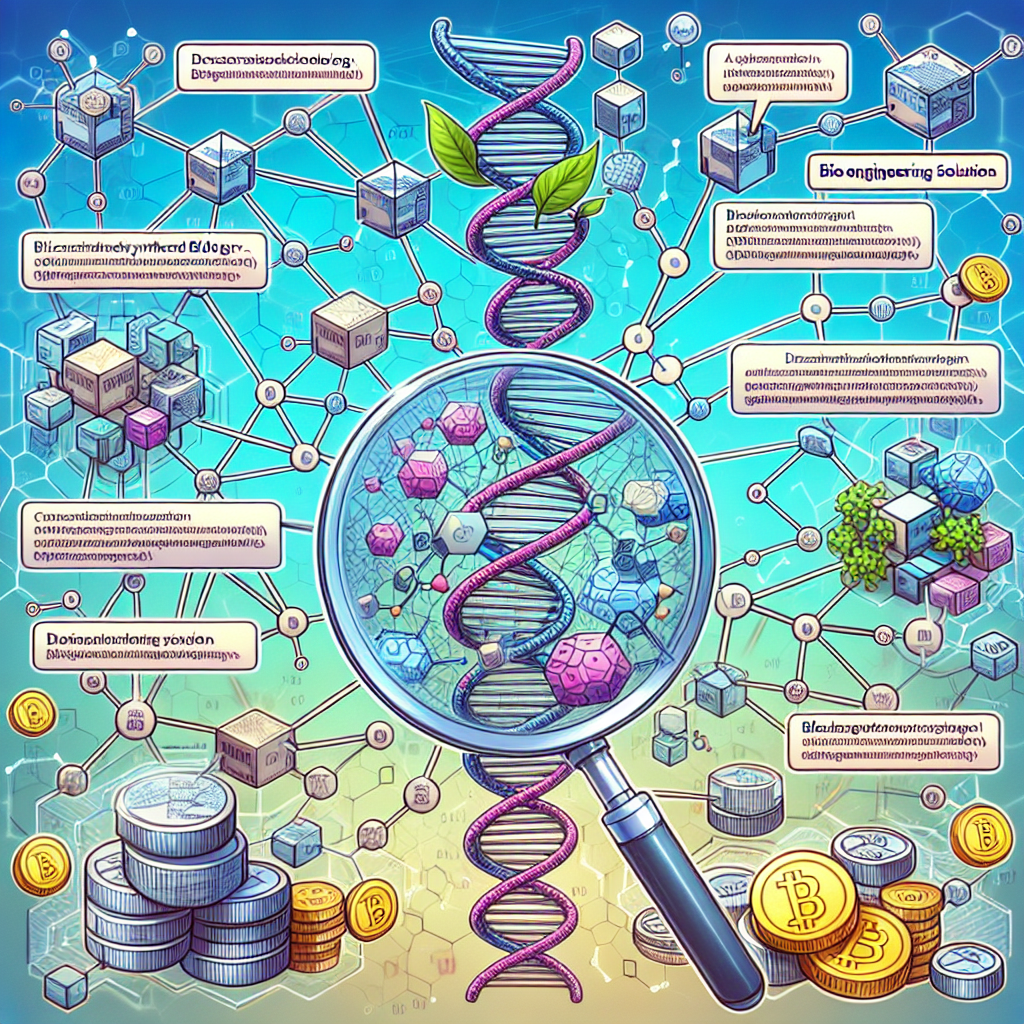nn
nnDecentralized Artificial Biology: Blockchain’s Position in Bioengineering
n
Within the quickly evolving fields of biology and know-how, the mixing of decentralized artificial biology with blockchain know-how presents groundbreaking alternatives. This put up explores the intersection of those two fields and elucidates how blockchain can revolutionize bioengineering practices.
nn
Understanding Decentralized Artificial Biology
n
Decentralized artificial biology refers back to the distribution of organic engineering processes throughout numerous stakeholders, eliminating the necessity for centralized management. This open-access method promotes innovation by enabling people and groups to collaborate, share concepts, and entry instruments no matter their geographical areas. With blockchain’s safe and clear transaction capabilities, decentralized artificial biology can flourish.
nn
Blockchain’s Position in Bioengineering
n
Blockchain know-how is a decentralized digital ledger that information transactions throughout quite a few computer systems. This know-how is essential in enhancing the safety, traceability, and accountability of knowledge in bioengineering tasks. By using blockchain options for artificial biology, researchers can guarantee information integrity whereas facilitating collaborations within the bioengineering neighborhood.
nn
The Advantages of Decentralized Artificial Biology Utilizing Blockchain
n
- n
- Enhanced Collaboration: With blockchain’s decentralized nature, researchers from everywhere in the world can collaborate seamlessly.
- Elevated Safety: Knowledge saved on a blockchain is immutable and safe, lowering the danger of knowledge breaches.
- Improved Funding and Funding: Blockchain offers clear monitoring of funding, fostering investor confidence.
n
n
n
nn
Functions of Blockchain in Artificial Biology
n
From managing genomic information to streamlining provide chains, the applying of blockchain know-how can deal with a number of challenges inside artificial biology. As an example, blockchain will help in monitoring genetic modifications and making certain they’re safely and ethically applied.
nn
As we delve deeper into this topic, let’s think about one of many promotional pictures that illustrates blockchain functions in bioengineering:
n
n
This picture portrays a number of blockchain use instances in bioengineering, demonstrating how information transparency and traceability can improve analysis outcomes.
nn
Funding in Decentralized Artificial Biology
n
Embarking on investments in decentralized artificial biology utilizing blockchain can yield substantial returns. Because the demand for sustainable options and novel bioengineering methods rises, investing in blockchain-backed initiatives just isn’t solely useful—it is vital.
nn
Challenges and Limitations
n
Regardless of its potential, the mixing of blockchain in artificial biology just isn’t with out challenges. Points similar to know-how adoption, regulatory hurdles, and scalability should be addressed to understand the complete advantages of decentralized approaches.
nn
For a visible understanding of those challenges, think about the second promotional picture:
n
n
This picture encapsulates the assorted obstacles confronted when implementing decentralized artificial biology with blockchain know-how.
nn
Future Instructions and Alternatives
n
Wanting ahead, the synergy between blockchain and artificial biology presents quite a few alternatives for innovation. Enhanced regulatory compliance, safe information sharing, and novel funding avenues are only the start. As we deal with the prevailing challenges, the long run appears shiny for decentralized artificial biology.
nn
Conclusion
n
In conclusion, understanding blockchain’s function in decentralized artificial biology is essential for anybody invested in the way forward for bioengineering. Steady innovation on this area guarantees to yield higher options for societal challenges, finally enhancing our understanding and capabilities in each biology and know-how.
n n

